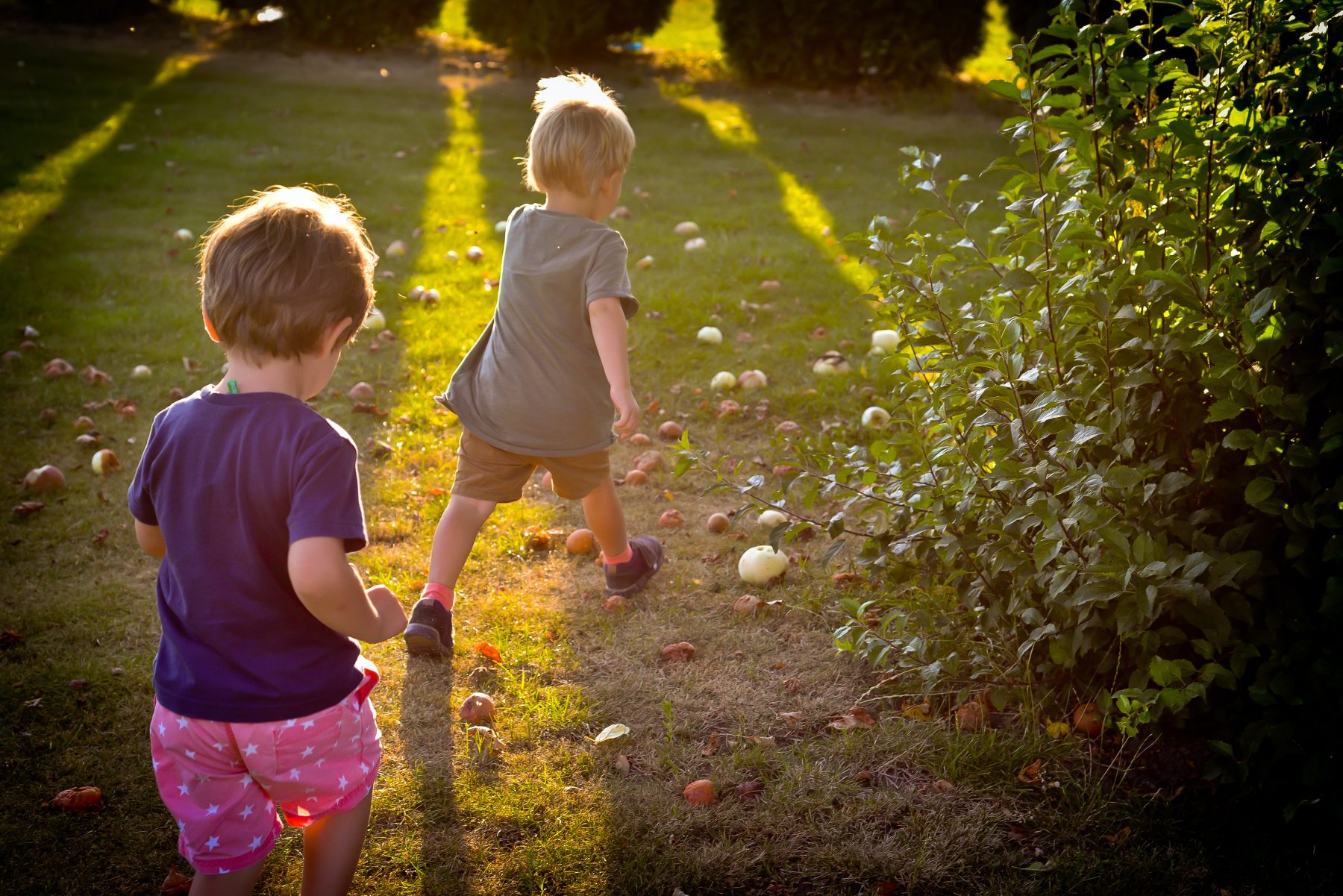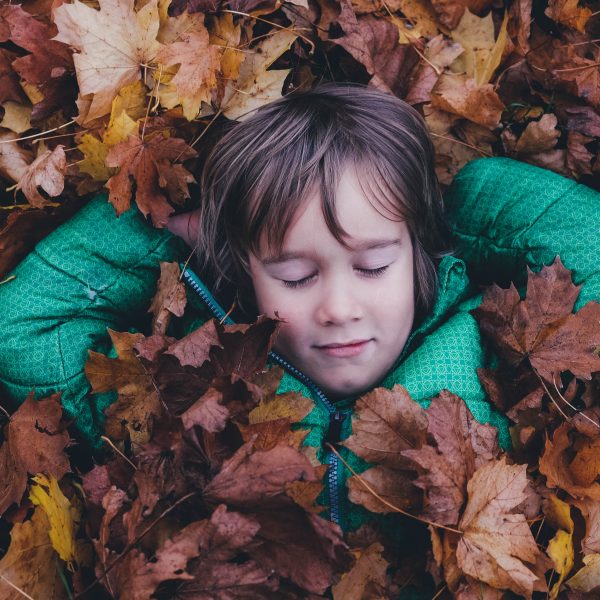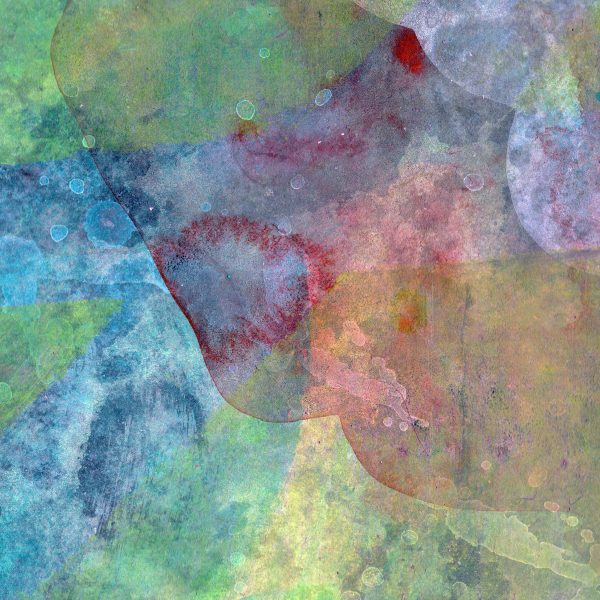The Underestimated Value of Sensory Play in Early Childhood Education

Imagine yourself as a child playing at the beach (on the sand and in the water), mixing paint with your fingers, squashing/pounding playdough or clay, creating a Lego masterpiece, assembling a block tower or constructing a sandcastle with dry and wet sand? What links all these experiences together? Your senses.
From the time a child is born, they enter a world in which their senses are ignited, and they begin to process new information. Therefore, senses enable children to investigate, explore and make sense of the world around them. Whilst sensory play sounds (and can be) messy, it’s essential for children’s health, growth, development, and learning.
Every child is unique, and develops in their own way, by interacting within their environment using their senses. Therefore, the relationship between how a child interacts with their environment is vital, as positive sensory stimulation builds nerve connections or neural pathways, which supports a child’s ability to complete increasingly complex tasks. As a child exercises their senses, various parts of the brain are stimulated. For example, the parietal lobe (mid-brain) assists a child to acknowledge and interpret touch, the occipital lobe (back of brain) is associated with the development of vision, the temporal lobe is associated with the sense of smell, and the cerebellum is associated with balance and physical movement (Hines 2021: Fisher 2018).
Furthermore, the assertions of neuroscience also highlight the impact on a child’s neural pathways if they are void or experience low levels of sensory input or stimulation can cause the underdevelopment of the brain (such as decreased vocabulary, impairment of emotional and social development, decreased levels cognition/thinking skills) (Perry, 2000).
As a child embarks on learning a new skill, or is acquiring further information about something, they quickly learn to use a variety of senses to maximise learning and development. Research highlights the correlations between multisensory interactions for learning and increases in social, emotional, cognitive, language and physical development (REF). As children grow, it is imperative they are given opportunities to learn through tactile (hands-on), visual, auditory, olfactory (sense of smell) and taste stimuli, as it is through this reciprocal relationship between sensory input and thinking that children gain their power (new knowledge and skills).
What does sensory play look like and how does it benefit child development and learning?
The term sensory is traditionally associated with our five basic senses. This includes touch, sight, smell, tase and sound. However, sensory also includes movement, balance, and spatial awareness (vestibular) (Gascoyne 2016). Sensory development matures over time and requires environmental stimulation from birth. Each developmental domain benefits of sensory stimulus, across all ages Birth-12 years.
| Developmental Domain | Sensory stimulus benefits |
| Cognitive | Sensory memory (ability to use sensory experiences to understand and gain knowledge via observations skills & hands on experiences). Development of mathematical concepts (classification, size, conservation, counting, timing, seriation, sorting). This is achieved as children manipulate objects in play-based learning experiences. Increased concentration levels promoted via multisensory inputs to match various learning styles, enabling children to focus on experiences. Encourages ‘scientific thinking’ via lateral thinking, problem solving and decision making |
| Language | Tactile based experiences assist children’s development pre-writing skills (fine motor skills, pencil grip), increased vocabulary & use of descriptive words (e.g., smooth, rough, spiky, silky, sweet, sour, spicy etc.) via various sensory inputs |
| Physical | Development fine and gross motor skills through various physically active experiences enables children to control their muscles, refine levels of coordination and stability. Active sensory play exposes children to new situations and develops their spatial awareness |
| Social | Multisensory experiences (dramatic play, active play, literacy experiences, cooking etc), enable children to develop imagination, role play, confidence, leading and following play themes with peers, social conversations, sharing of ideas and concepts, interact and engage with peers, learn prosocial behaviours, interpret peers verbal & nonverbal cues in play. Older children will learn cooperative skills, turn taking and negotiation skills as they engage with various sensory based experiences |
| Emotional | Self-discovery experiences affords children the opportunity via their senses to manage their emotion, learn self-regulatory behaviours, use sensory experiences to calm anxieties (e.g., pouring, squishing, water play etc) to learn and understand how to control their feelings |
How do early childhood services creative inclusive sensory learning environments?
On collection of your child from an early education and care service, they may have paint on their clothes, sand in their shoes, texta on their arm and playdough under their nails- what is your first thought? I’m hoping that you are thinking that your child has spent the day learning through play and has had multiple opportunities of using various sensory inputs that support your child to be an independent learner who is developing their lateral thinking skills, self-regulatory behaviours, social skills, higher-order language abilities, increased stability, coordination, and motor skills.
Early Childhood Education and Care (ECEC) services acknowledge the importance of sensory play, and as such, intentionally design and implement a wide selection sensory play-based experiences that enhance all areas of development and learning suited to individual and group learning abilities, needs and interests.
Teachers and educators within ECEC and Outside School Hours Care services are guided by the Australian National Framework (NQF), which provide a national approach to regulation, assessment, and quality improvement. Under this framework sits the National Quality Standards and the National learning frameworks. The correlated benefits of sensory play and child development is referenced under Inclusive environments (Quality Area 3) and within the Early Years Learning Framework (Birth- 5 years) and My Time Our Place (5-12 years) both acknowledge that through sensory experiences, children’s development of ‘body, self, their risk taking and their confidence to explore and make choices’ (DEEWR 2010, p30) in life are strengthened.
When you enter an ECEC or OSHC service, you may notice a range of learning spaces that aim to capitalise on your child’s sensory development.
| Sensory System | Characteristics of sensory play and experience examples |
| Visual(icon of eye) | Development vision & sight.Experiences: visual arts experiences, literacy experiences (books, felt boards), sand play, water play, excursions. Incursions, active play (ball games, obstacle courses), drama, dramatic play, construction, interest tables, objects with patterns, glisten, sparkle, lights, mirrors, spaces that take advantage of natural light, soft lighting, crystals etc |
| Tactile(icon hands)
|
Children learn about temperature, pressure, vibrations, textures.Experiences: Water play, mud kitchen, sand play, playdough, clay, paint, collage materials, nature play (natural textures, objects), loose parts play. Resources that differ in size, texture, shape, materials (man- made, natural, metal, wood, plastic etc)
|
| Auditory(icon of ear)
|
Development sound and hearing. High levels of engagement/conversations (practice to listen and respond) all valuable for development of auditory skills Experiences: Music (instruments, singing), loose part play, backyard band (make instruments from recycled materials), nature walks/bush programs (identify environmental sounds), listening posts, books & told stories. Sharing poems, rhymes, chants, and jingles |
| Gustatory(icon of mouth) | Development of taste Experiences: Vegetable & herb garden, mini orchard (fruit), cooking, shared meals times (discuss healthy foods and associated flavours), science experiments to discuss sweet, sour, salty & bitter |
| Olfactory (icon of nose) | Development of smell (directly related to taste)Experiences: gardening (herb garden), cooking experiences, scented playdough, nature walk, bush program, sensory canisters (filled with various smells e.g. lavender, rose, peppermint etc). excursions to places with distinctive smells gardens/farm etc) |
| Vestibular (icon of body balancing) | Development balance (via inner ear) learnt via rolling, hanging, swinging, jumping, and climbing. Experiences: Music and movement experiences, obstacle courses, parachute games, bean bag games, hula hoops, large box construction etc |
| Proprioceptive (body icon) | Development spatial awareness – develops via games that involve a child to move in different spaces (high, low, pushing, pulling, jumping, hopping etc) Experiences: Games that include throwing catching, kicking balls, music & movement, yoga, parachute games, obstacle courses, drama) |
This piece first appeared on Big Fat Smile’s website, and has been re-shared here with author permissions.
Popular

Workforce
Quality
Research
When did it start to go wrong?
2025-12-18 08:00:46
by Fiona Alston

Quality
Practice
Research
Curiouser and Curiouser: What Alice helps us see about who should teach
2025-12-19 07:15:35
by Contributed Content

Quality
Provider
Research
A call to action for Early Childhood: Accountability and transparency in the National Strategy to prevent child abuse annual report 2025
2025-12-18 07:00:37
by Fiona Alston















